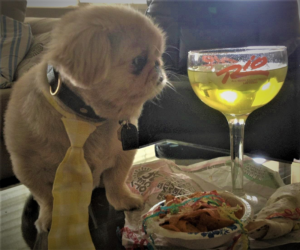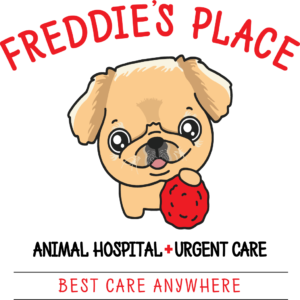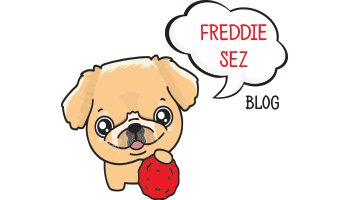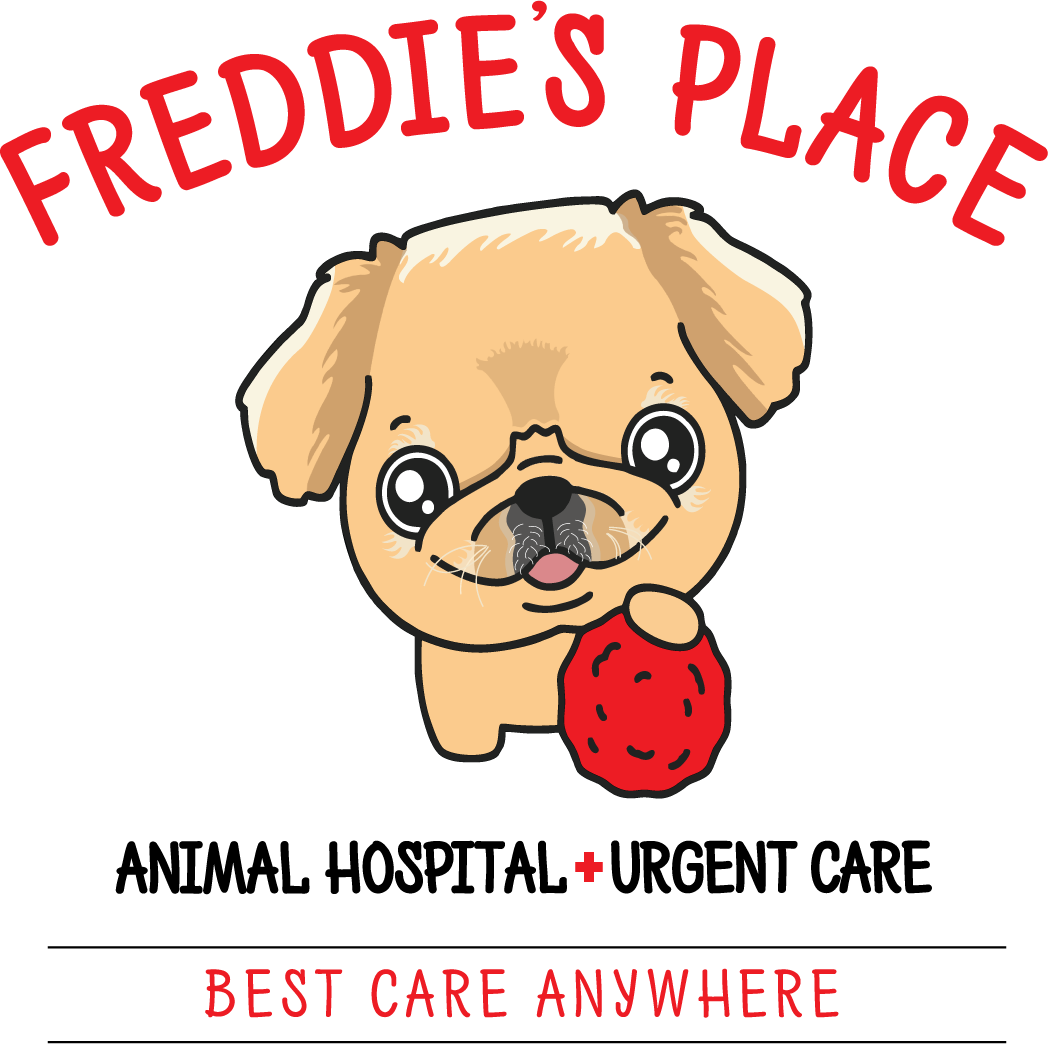 What Your Dog Needs for a Balanced Diet
What Your Dog Needs for a Balanced Diet
It’s past debate, your dog could be overweight, or they could be candidates for a health risk because of the food you serve them. There is a lot that goes into your pets diet, much more than you may be considering. Much like their human counterparts, your dog needs more than just a meat and two sides in their daily dinners. Without a good balance of fat and proteins, a good intake fiber, carbs, minerals, and vitamins your favorite furry could be headed for health problems. Today’s Dog Blog will take a detailed look at what dogs and cats require for a healthy diet, and what you can serve them to assure they get everything their bodies need.
Red Rover, Red Rover, We Call Your Dog Over (Weight)
More than half of all dogs in the U.S. are heavy honeys, leaning towards straight out obese. This is due to two major factors, an unbalanced diet and lack of exercise. Let’s face it, we all love to see those furry faces happy, and that leads just to give into allowing them access to human foods that are heavy in fat content, pumped full of preservatives or sugars, and potentially are full of ingredients on the pet poison list. For a diligent dog, beggars CAN be choosers from the human feast of bad foods that are being served all day/every day. Have you seen people? What about the ongoing obesity and health issues their human parents are faced with due to diet and lack of activity would make you think your pet is immune if they eat what you eat and then sleep more than 70% of their day? They are not going to police themselves, the food WE eat is much tastier than what you are serving them on a daily basis. Parents also overfeed at meal times, mainly because we all fall into their well laid, often over dramatic acts of starving. Also, leaving food out in dishes so they can self regulate their intake of food is bad for most pets. How many dogs have no off switch when it comes to eating and stuff themselves to the point of a visible rounded belly? In the end, it’s all about knowing what they need, finding that balance in the food you feed them, and NOT falling for the big eyed, sorrowful souls, begging routines. Buck up buttercup, YOU are the one supposed to be in charge and making the right choices for your pets.
How do I know how much is too much food?
Dogs love to eat, they LOVE food in most forms. As with people, knowing what a suggested calorie intake for your pets weight is a good starting point. The next step is knowing how many calories the food you’re feeding them contains, and what is the proper feeding amount for their size. You may ask, HOW do I determine the numbers of calories? Experts in the field suggest you follow these guidelines…
- Dogs need about 30 calories for every pound of body weight per day, if they are normally active
- 10lb dogs need 200 to 275 calories each day (the intake varies on actual weight and activity level)
- 20lb dogs scale up to 325 to 400 calories daily
- 50lb dogs can need up to 1500 calories per day
- Neutered dogs gain and hold weight faster, so monitoring their intake and activity and then adjusting accordingly is critical
That sounds pretty easy, right? But how do I know how many calories are in what they are eating? That’s a good point that is easily managed. By law, all dog food labels are required to list the calorie count. Since it may not be broken down by serving size, you may have to do a bit of math to get to your pets feeding amount but the info is there. If you are home cooking food for your pooch, then you know what’s in it and can easily come up with a tasty recipe online that is healthy AND you can control the quality, type, and calories in each serving. The wild card in this equation is human table scraps. A lot of our food, especially junk foods, are empty calories that your pet doesn’t need. That’s not to say that, if it’s safe for them to eat, you can’t treat them occasionally. However, if occasionally is every time you snack… you’re a part of their weight problem.
The Building Blocks to a Healthy Dog
Within their calorie count, inside of the food you feed them, a dog needs various different things to assure what they eat carries everything they need for good health. Here is the short list of building blocks to the perfect diet…
What Dog Food Brands are Best for a Balanced Diet?
Research is easy, and important, when it comes to what dog foods are best in class for a healthy and well balanced diet. Veterinarians.Org suggests the following brands as “leaders of the healthy pack”…
- The Honest Kitchen
- Raised Right Original Turkey Adult Dog Recipe
- Ollie Dog Food
- The Farmers Dog
- Purina Pro Plan High Protein Dog Food with Probiotics (for better gut health)
- Purina ONE High Protein Senior Dry (for older dogs)
- Merrick Grain Free Dry Dog Food (for dog with grain allergies or sensitive stomach)
- Open Farm Homestead Dry Dog Food (rated best overall)
Some of these are only available from your vet, or direct from the manufacture, and they carry a higher price tag. If you’re value shopping, we suggest you refer to the label on the package. #FreddieSez has a great blog post about what to look for on those labels that might be of some assistance to the household on a budget but still want to assure a good balance diet for your dog. Click below to access our blog:
If you choose to cook at home for your dog, just make sure you’re using quality ingredients. There are hundreds of dog food recipes for everyday feeding, and treats, all available for no charge on the internet. Just assure your home cooked meal includes a balance of protein, carbs, fiber, and fat. A good guideline is…
- At least 10% proteins (including a high value protein source like liver, eggs, or fish)
- Up to 50% carbs (pasta, rice, potatoes… these also provide some fiber to the diet)
- A fat source (found in the meat you choose but also can be added from oils)
- Fiber from your grain or filler of choice (brown rice, sweet potatoes, oats)
- Fruits or Vegetables
- Herbs (there is a list of non-toxic herbs that you can use in your homemade dog food on the internet)
9 of the best herbs for dogs, approved by vets (betterpet.com)
How do you know your dogs food tastes good? If you cook your own at home, sample it. The ingredients you add should be good enough for you to eat. If you’re buying your food prepackaged, watch your dog when they are eating it. A dog will tell you if they like it by the manner they eat. Much like humans, if they LOVE the food there will be an excitement or zeal to the feeding. If they leave food in the dish, you’re either over feeding OR they simply don’t care for it. Let your dog be their own food critic… just observe and take notes. Look at it this way, if you get a meal you don’t like, are you likely to want it again? Why would your dog be different? Dogs like to eat, but they also like to like what they eat.
If you simply assure your dog is getting a well balance, tasty, appropriate portion, schedule good exercise periods, and watch for warning signs of weight gain or missing pieces to their diet… they should live long and healthy lives. The love you show in their food will be appreciated and reciprocated.
That’s all for this weeks Dog Blog. It’s a lot of information that is critical to a healthy and happy fur kid. We hope you enjoyed the read and learned a thing or two along the way. The 4th of July weekend is upon us, so be sure to keep your dog inside and safe during any fireworks that might be in your area. Studies show that 1 in 5 missing dogs are lost during fireworks demonstrations or shows. As a group, dogs DO NOT like fireworks or any loud and strange boom (like thunder). Protect your best friend by keeping them in and safe during any fireworks celebration.
Drop back in next week to discover what the Bard of Bark has to say about another important pet topic. It’s always interesting to find out what #FreddieSez. Till then, be safe and pet friendly!





Leave A Comment